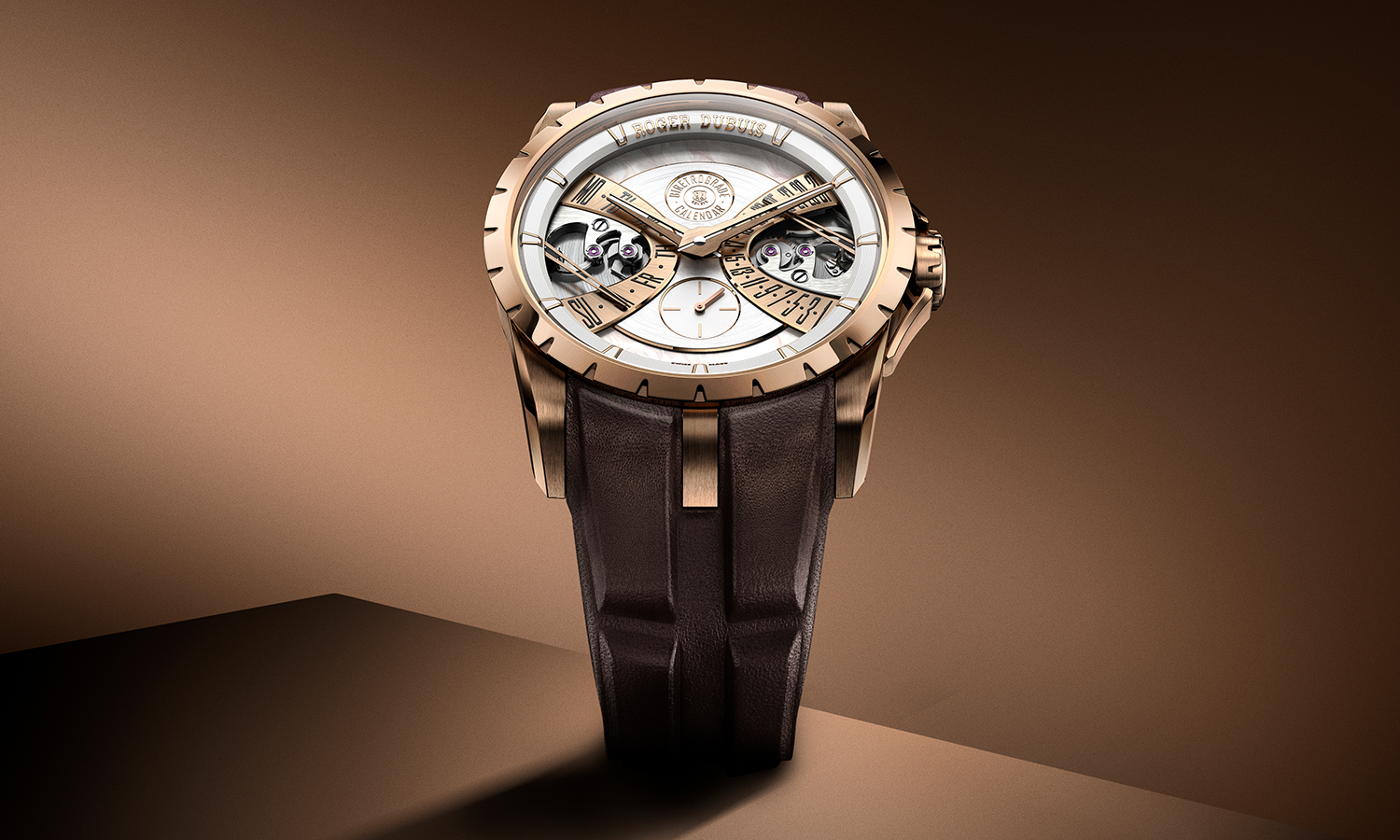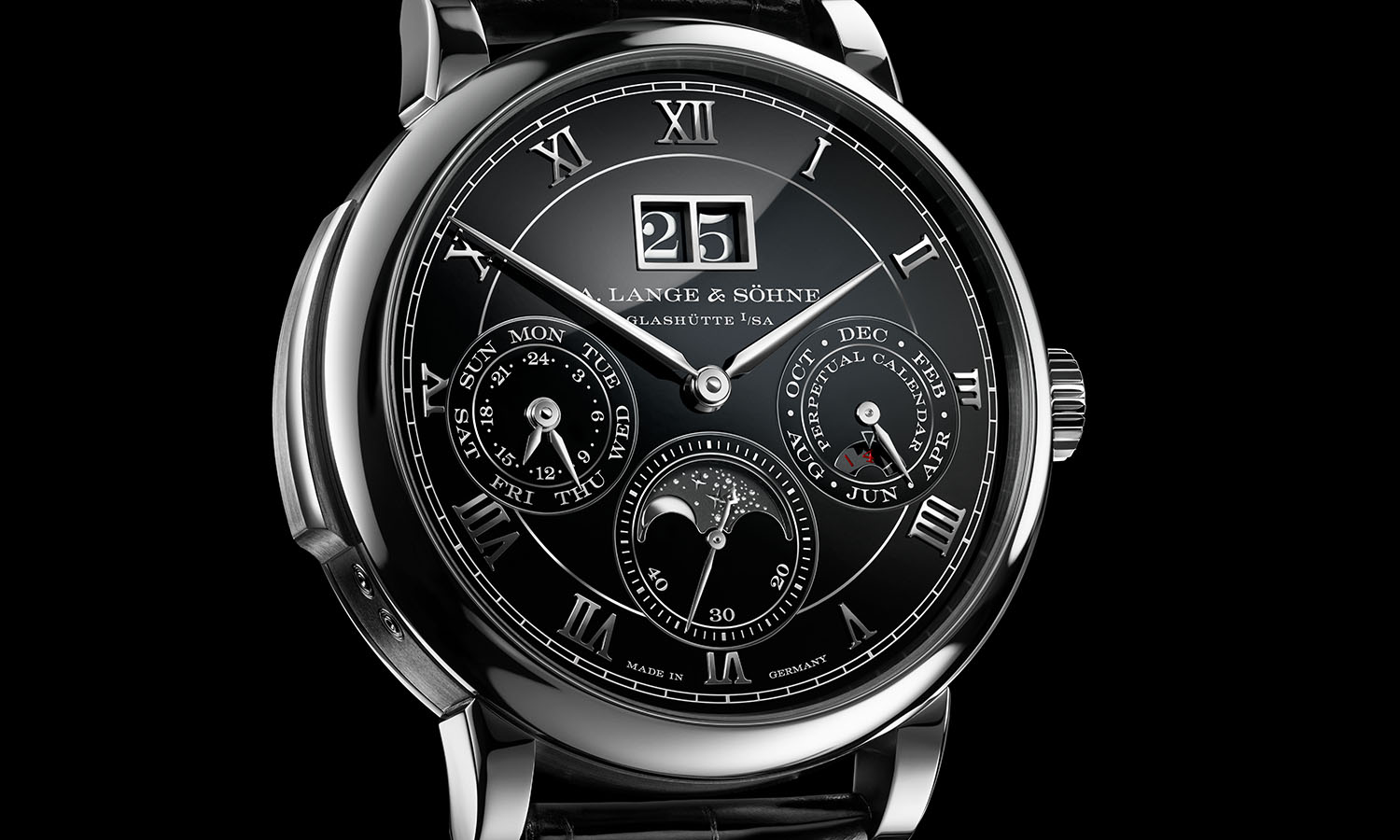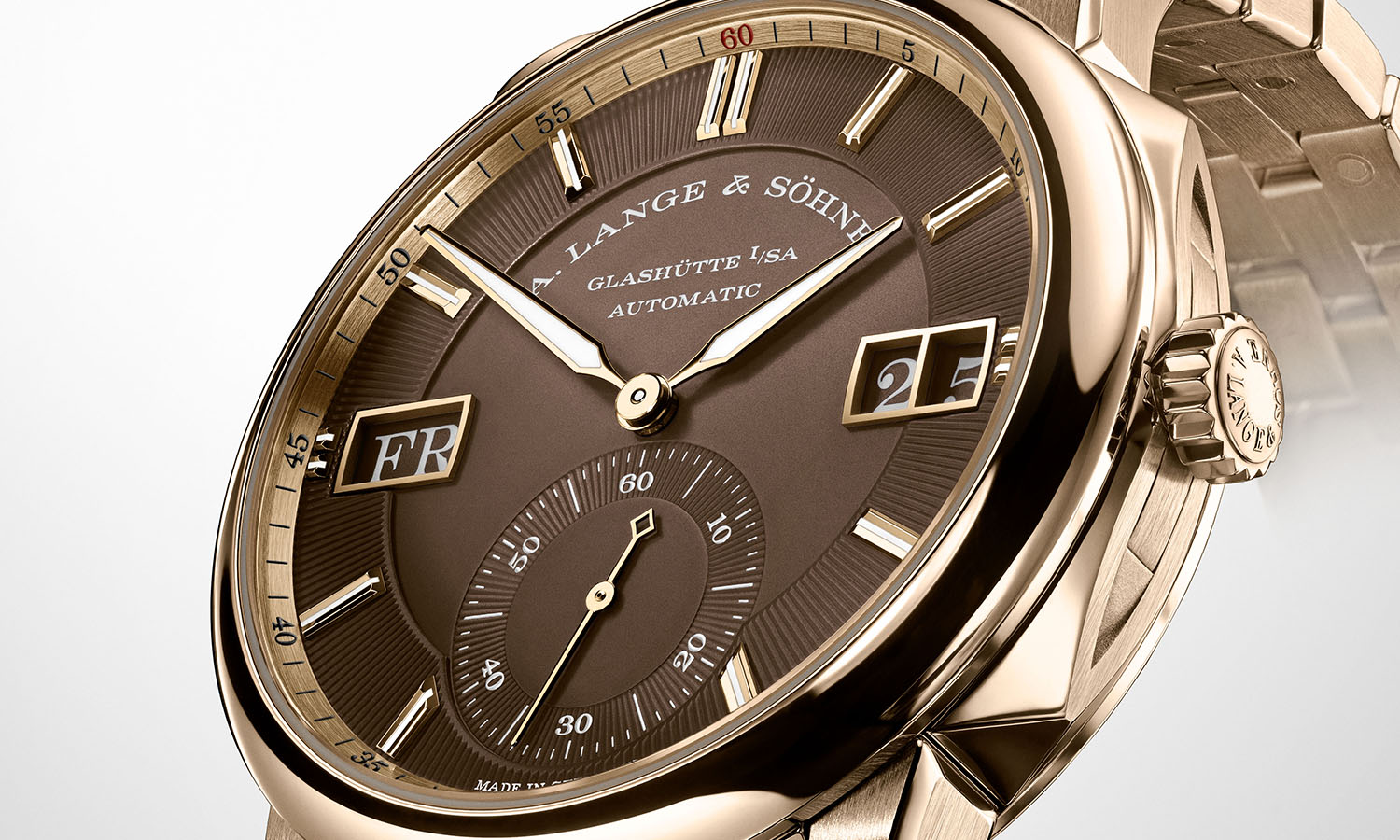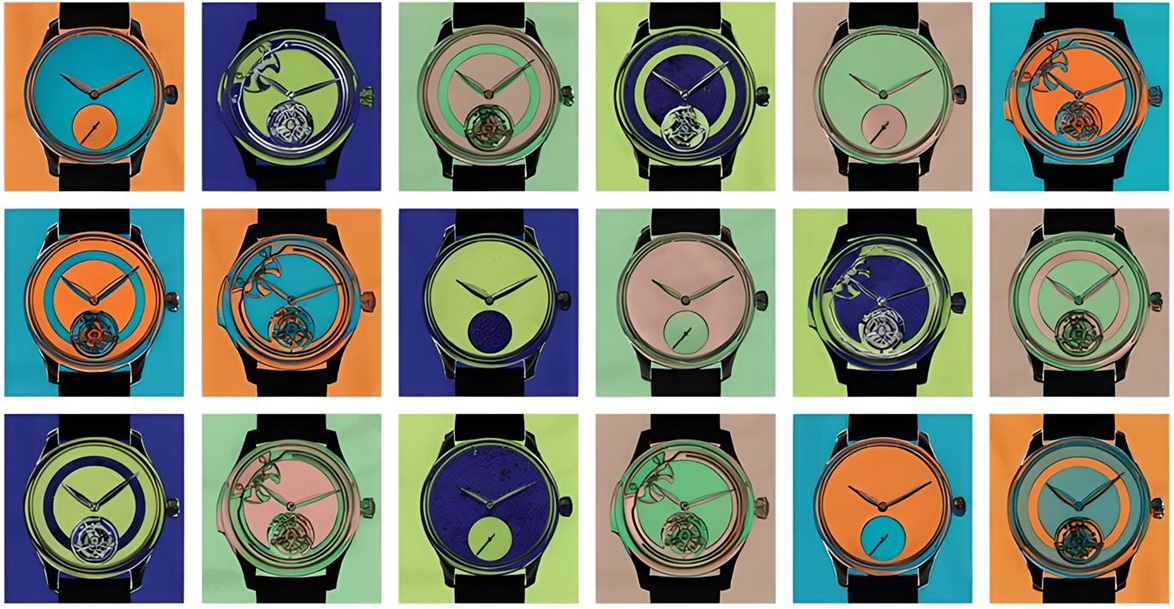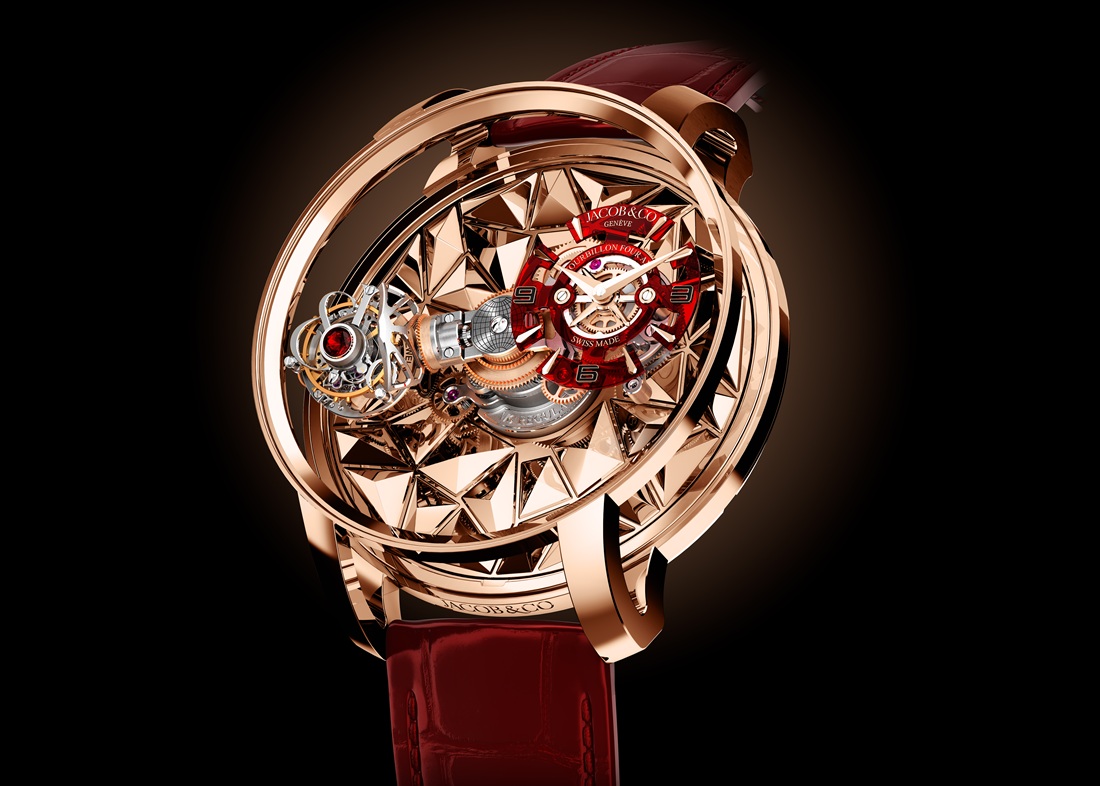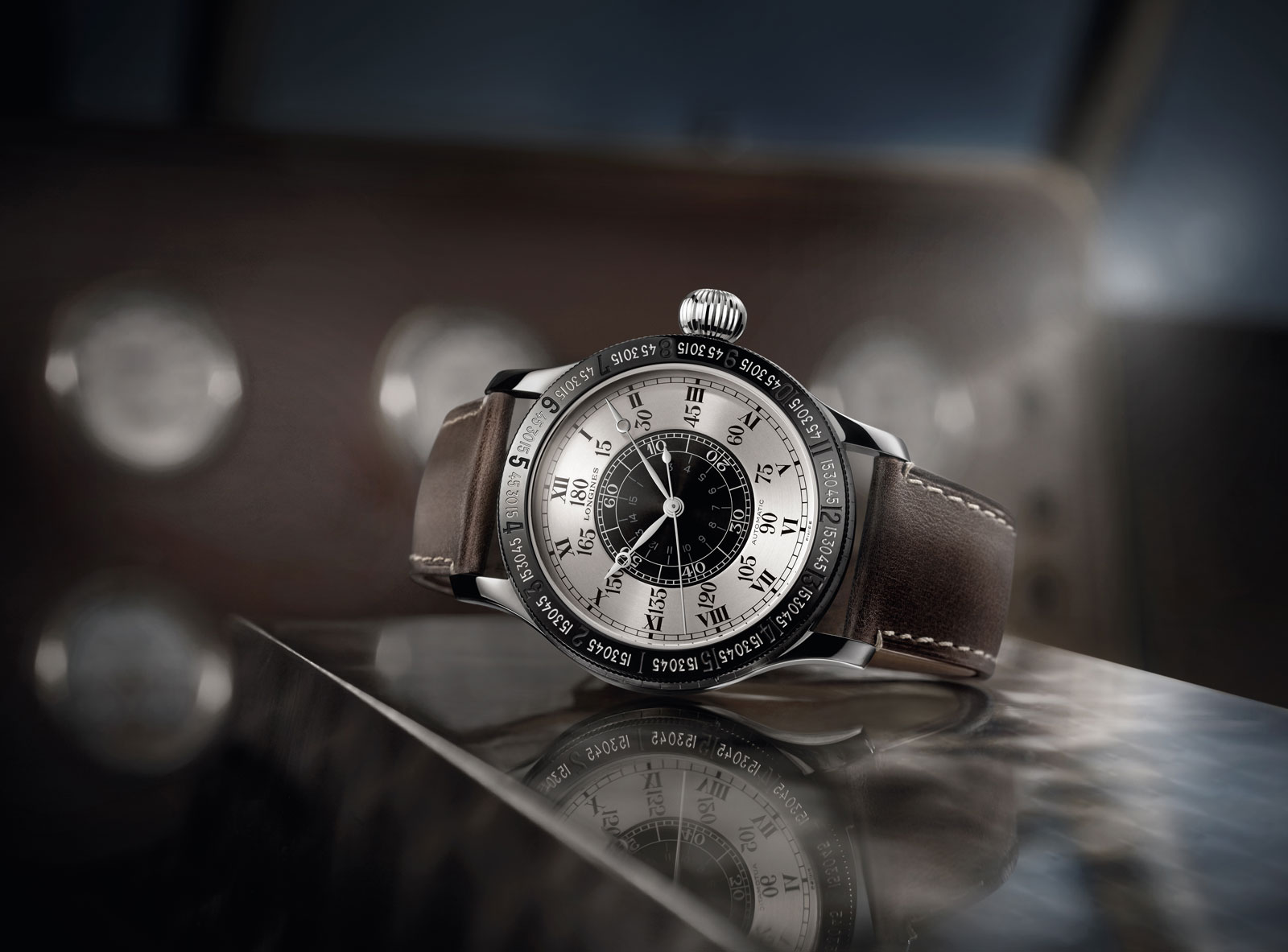
Celebrating 90th Anniversary Of The Lindbergh Hour Angle Watch With Longines

May 21st 2017 marked the 90th anniversary of Charles Augustus Lindbergh’s landing at Le Bourget Airport just outside Paris after successfully completing the first ever non-stop solo flight between North America and mainland Europe. He had left Roosevelt Field Airport on Long Island, New York, 33 hours and 39 minutes earlier in his “Spirit of St. Louis”, a single-engine Ryan monoplane for which he had overseen the design and construction. When he arrived at Le Bourget, he first thought it was a large industrial complex because of all the bright lights – in fact, it was the headlights of thousands of cars belonging to an estimated crowd of 150,000 people who wanted to be there for his landing. Lindbergh was 25 years old, the year was 1927, the time 10:22, his flight was timed by Longines, and a legend was born.
Prior to his historic flight, Lindbergh, born in Detroit, Michigan, had spent several years as a “barnstormer”, wing walker, parachutist, and airplane mechanic before attempting his first solo cross-country flight in 1923, followed shortly after by his first flight at night. In 1924 he began a year of military flight training with the United States Army Air Service, graduating in 1925 with his Army pilot’s wings. As a reserve officer, he was promoted to 1st Lieutenant, then Captain in July 1926, with the Missouri National Guard in St. Louis.
He opened up Air Mail routes confronting fuel exhaustion, equipment failure, and bad weather, experience that was useful for his transatlantic crossing during which he skimmed above storm clouds at 10,000 feet and over waves at as low as 10 feet. He fought icing and flew blind through fog for several hours, navigating only by the stars when visible and relying upon “dead reckoning”, a process known to navigators to estimate their future positions using a “previously determined position or ‘fix’ and advancing that position based upon known or estimated speeds over elapsed time and course”. This can be subject to cumulative errors (weight, winds, density of the air) which could lead the navigator off-course, especially in the middle of the ocean where no visual ground features provide a new “fix” for control purposes.
Following his flight, Lindbergh and Longines developed a close collaboration designing in partnership the Longines Hour Angle Watch to accurately determine longitude during long-distance flights. Latitude is relatively easy to find, using a sextant to measure the angle between an astronomical object and the horizon. And Longines had already developed a rotating disc watch in 1927 with US Navy officer Philip Van Horn Weems enabling the wearer to synchronise the second hand with a GMT radio signal, essential for navigation. With the “Hour Angle”, used in conjunction with a sextant, a radio signal, and a nautical almanac, aviators can calculate longitude which, when combined with their latitude, gives them their exact geographical situation.
So how does it work? The dial displays the time: hours, minutes and seconds, on a “railtrack” minute circle with painted Roman numerals. We set the time to Greenwich Mean Time, home of the Prime Meridian. (GMT = 0° longitude, with the farthest meridians being 180° east or west). A rotating central dial allows for the seconds hand to be synchronized “to the second” with the radio time signal.
GMT is mean or civil time, and we need to know true solar time which we find in the Astronomical Almanac that gives us the daily time difference. We then rotate the reference mark at 15 on the bezel to + or – the time difference. With the bezel correctly in position, we can measure the hour angle of the Greenwich meridian by adding together the Arabic numerals (a scale of 180°) on the dial corresponding to the position of the hour and minute hands. Repeating the operation with our own time and subtracting the hour angle of our position from that of Greenwich gives us the difference between the 2 hour angles – which is our longitude.
If for example the hour angle of Greenwich is a total of 176° and ours is 136°, then our longitude is 40° west. Combined with the latitude determined by our sextant, we can know our exact coordinates.

To commemorate the historic flight, Longines releases The Lindbergh Hour Angle Watch 90th Anniversary in a numbered series limited to 90 watches. Its good looks are spread out within an impressive 47.5 mm grade 5 titanium case, eye-catching and useful for easy reading and manipulation. Equipped with the automatic calibre L699, this timepiece indicates the hour angle in degrees and in minutes of arc, in addition to hours, minutes and seconds, displayed on a brushed silvered dial. Hands are rhodium-plated ‘Breguet’ style. The galvanic black rotating central dial is harmonious with the black PVD steel rotating bezel, contrasting with the large steel crown that is easy to wind or set, even when worn with gloves and attached to an oversized pilot’s jacket thanks to its brown leather aviator-type strap with buckle and extension.
Needless to say, Juan-Carlos Capelli, Vice President of Longines and Head of International Marketing was in Paris on the anniversary date to present the new “Hour Angle” to selected guests at L’Oiseau Blanc, a rooftop restaurant providing breathtaking 360° views of the City of Light.
 SIGN UP
SIGN UP






